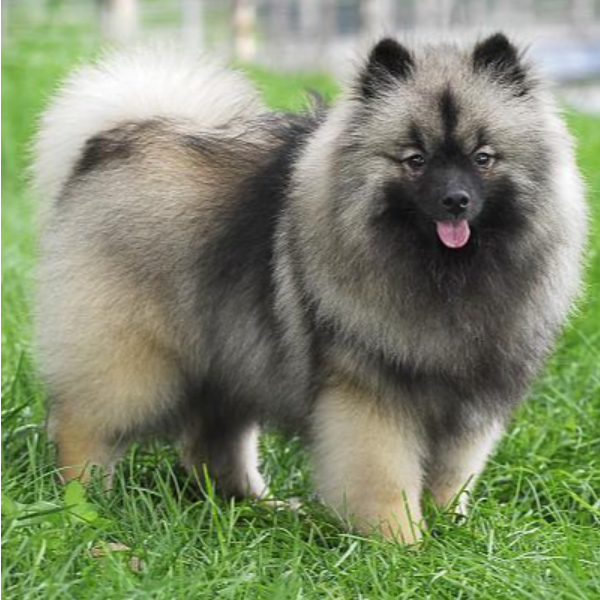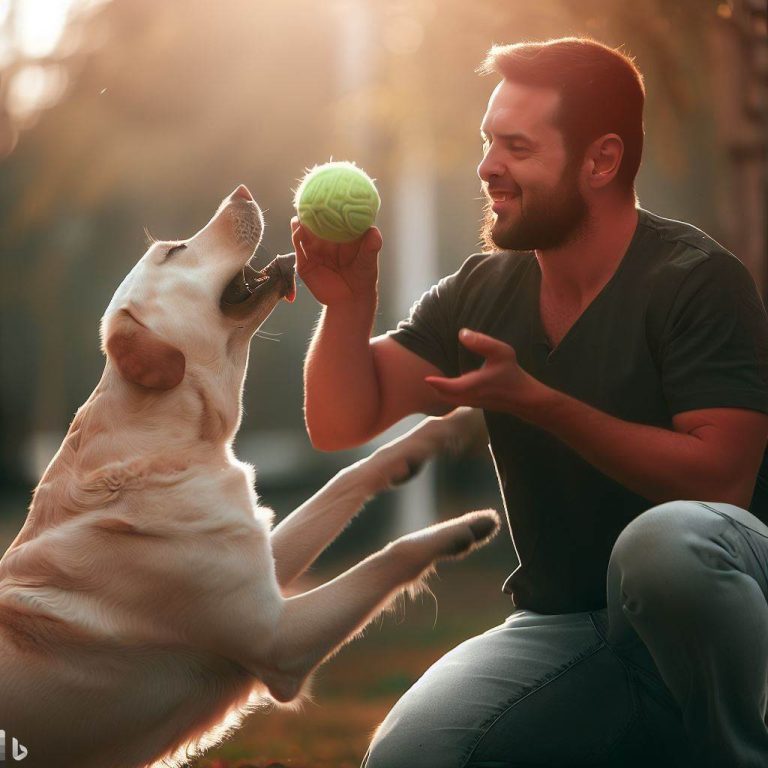
The Dutch Shepherd, also known as the Dutch Sheepdog, is relatively rare in China. It is a friendly and outgoing guard dog. It has a medium-sized body and somewhat resembles a Pomeranian, often referred to as a “chubby Pomeranian.” It possesses excellent memory and keen observation skills, making it an excellent choice as both a family pet and a guard dog. In the Netherlands, it is the most beloved breed.
Basic Information
Chinese Name: 荷兰毛狮犬 (Hélán máo shī quǎn)
Alternate Names: 凯斯犬 (Kǎisī quǎn), 胖博美 (Pàng bóměi), 狮毛犬 (Shī máo quǎn)
English Name: Dutch Shepherd (Kayz-hawnd)
Distribution: United Kingdom, Germany, Netherlands
Weight: 25-30 kg
Height: 43-46 cm
Lifespan: 10-15 years
Uses: Pet, Guard Dog
Appearance
Eyes: The eyes should be medium-sized, almond-shaped, slightly slanted, and deep brown in color. The eye rims should be black. Faults include round eyes, protruding eyes, or light eye color.
Ears: The ears should be small, triangular, set high, and erect. They should be in proportion to the head, with the length of the ear approximately equal to the distance from the outer corner of the eye to the nearest edge of the ear. The fault is when the ears are not erect when the dog is alert.
Skull: The head should be proportionate to the body, with a wedge shape when viewed from above. When covering the neck, back, and ears with one hand and pulling the ears backward, the muzzle and head should present this shape. When viewed from the side, there should be a distinct stop between the nose and forehead. Faults include apple head or lack of stop.
Muzzle: The length of the muzzle is moderate, neither coarse nor weak, and in good proportion to the skull.
Mouth: The mouth should not be overshot or undershot. The lips should be black, tight-closing, not thick, rough, or drooping, and the corners of the mouth should not have folds. Faults include overshot or undershot jaw or crooked mouth.
Teeth: The teeth should be white, healthy, strong, and have a scissor bite. Faults include uneven teeth.
Neck: The neck should be of moderate length, well-shaped, and well-positioned between the shoulders. The body should be compact, with a short, straight back slightly sloping downward. The ribs should be well-sprung, barrel-shaped, the loins short, the abdomen moderately tucked up, and the chest deep and muscular.
Forequarters: The front legs should appear straight from any angle. The pasterns should be strong and slightly sloping. The front legs should be in proportion to the dog’s overall body.
Hindquarters: The angulation of the hindquarters should complement the front quarters, resulting in a well-balanced body and steady gait. The hindquarters should be well-muscled, with hock joints perpendicular to the ground. The feet should be compact, round, with cat-like toes. The toes should have good arches, and the claws should be black.
Coat: The outer coat of the body should be abundant, long, coarse, and noticeable, while the undercoat should be soft and thick. The hair on the head, including the muzzle, skull, and ears, should be smooth, soft, and short. The hair on the ears should be of a soft and smooth texture. The neck should be covered in a mane (more pronounced in males), which starts from under the chin and covers the entire front of the shoulders, chest, and top of the shoulders. Apart from feathering on the front legs and pants-like feathering on the hind legs, the leg hair should be smooth, with ample feathering extending down to the hock joint. The tail should have abundant hair, forming a plume. The hair on the back should be continuous and uninterrupted. The Dutch Shepherd should be presented in a natural state, with only the trimming of hair on the feet, pasterns, hock joints, and possibly the whiskers. Trimming of other hair should be considered a fault. Faults include silky, wavy, or curly hair. Interrupted hair along the back.
Personality Traits
- Intelligent: The Dutch Shepherd is a very intelligent dog and ranks 16th in terms of intelligence. Training this breed is relatively easy.
- Outgoing: Dutch Shepherds have an outgoing personality. They are neither timid nor aggressive, and they are very friendly towards people and other dogs. They enjoy interacting with children and make great family companions.
- Friendly: Dutch Shepherds have a gentle and friendly nature towards humans. They are tolerant of both the elderly and children. They can also get along well with other dogs, making them suitable as family pets.




